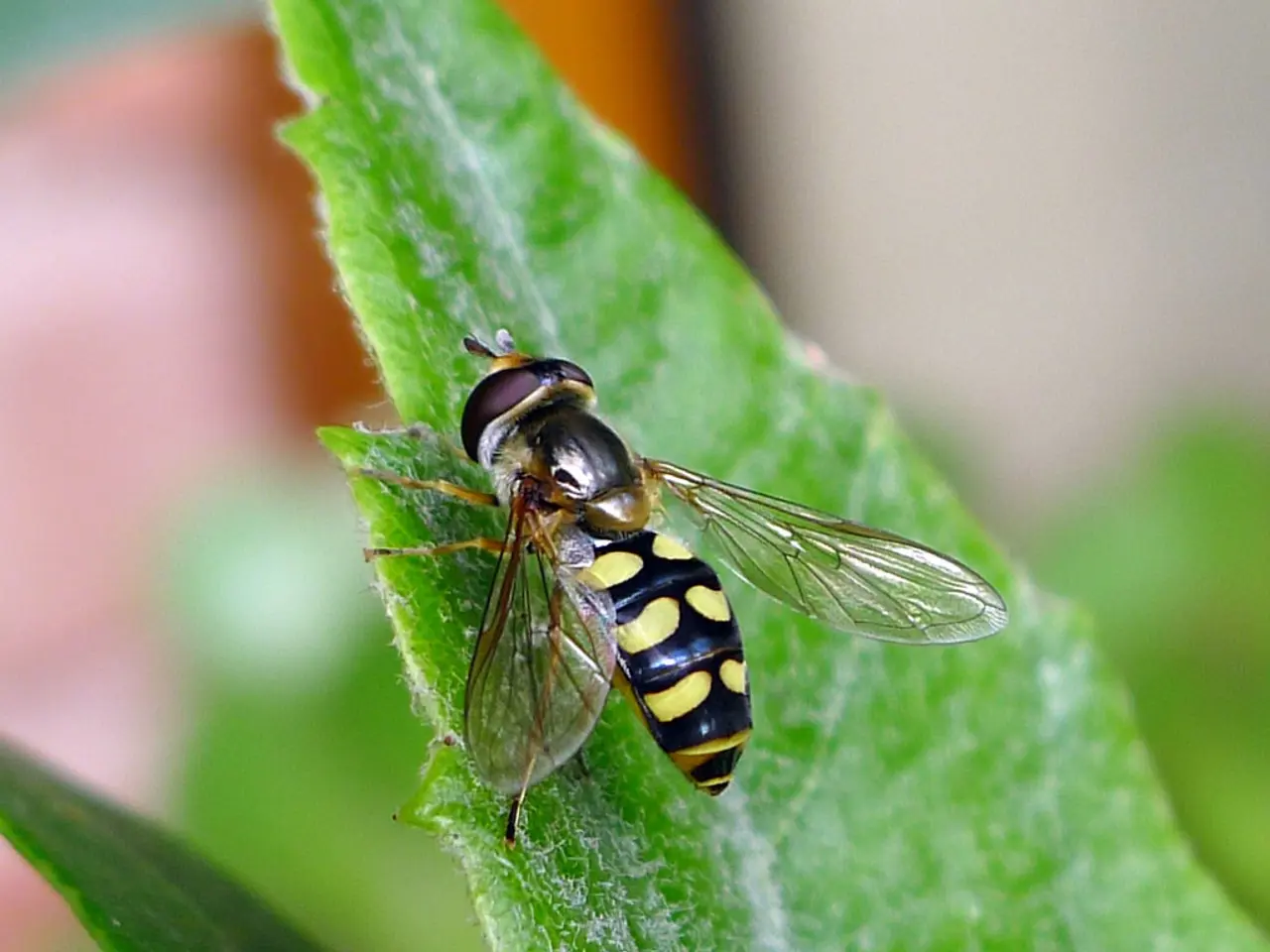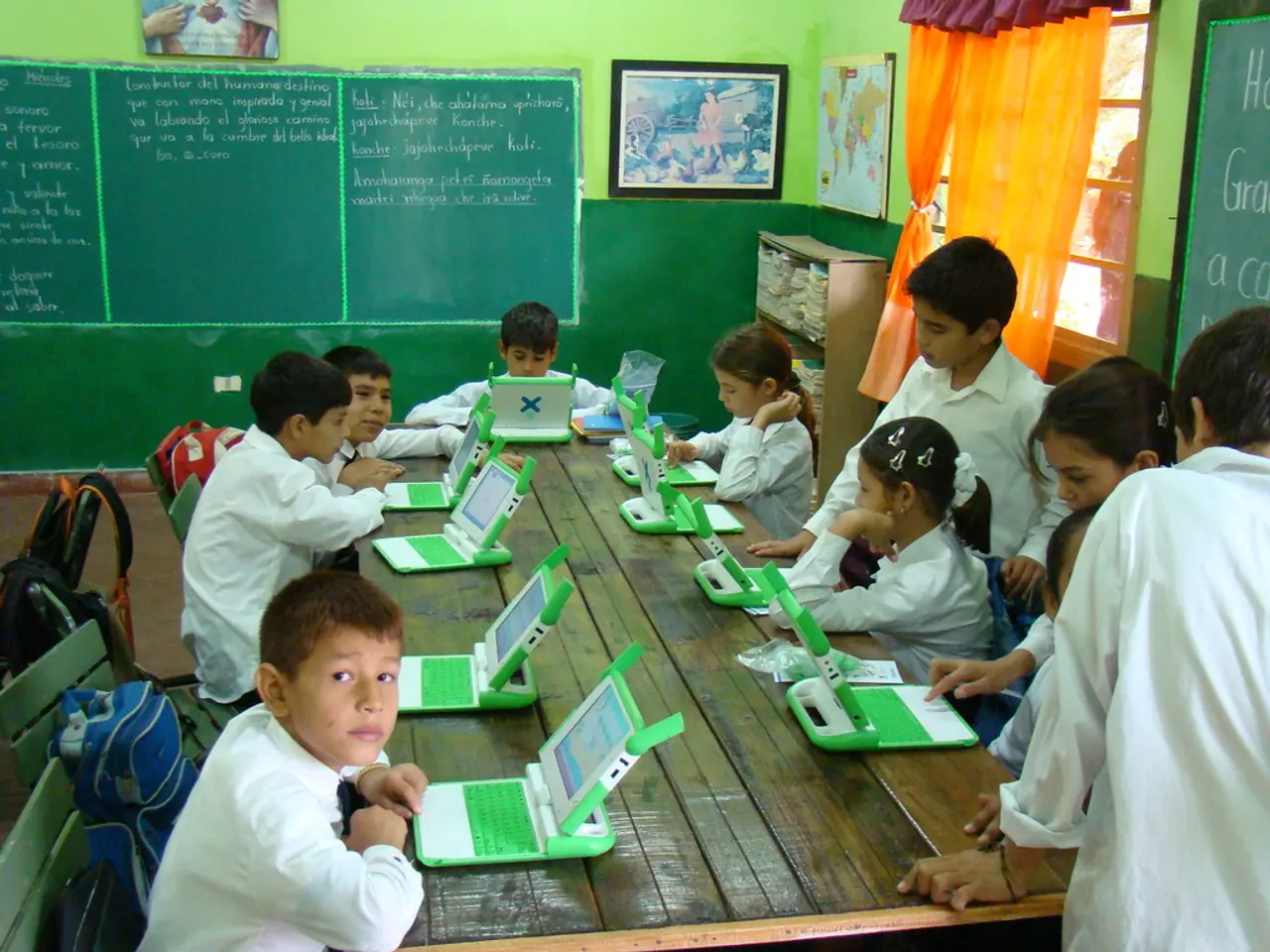Starlink's direct-to-cell connectivity now enables communication with Internet of Things devices.
In a groundbreaking development, SpaceX's Starlink Direct-to-Cell (DTC) service is transforming the way industries operate in coverage-starved regions, particularly in agriculture and environmental monitoring. The service, which acts like orbiting cell towers that directly connect devices on the ground, is currently being tested across Rogers' network in Canada, suggesting a broader international rollout may be on the horizon.
The practical application of this technology can be seen in New Zealand, where beekeepers are using Starlink's IoT connectivity to remotely monitor beehives in isolated locations. This capability, previously cost-prohibitive, now offers an affordable and reliable monitoring solution for beehives deployed in remote environments.
This innovative service is part of a broader partnership with T-Mobile (in the US) and One NZ (in New Zealand). Starlink DTC satellites supplement existing cellular networks by filling in coverage gaps without requiring traditional cell towers. Beyond just beehive monitoring, the addition of IoT support expands Starlink's reach to a variety of connected devices in hard-to-reach areas, enabling applications that need low-bandwidth, reliable connectivity.
T-Mobile's network currently supports SMS and multimedia messaging, with data connectivity for select apps expected in October. The first entity to offer Starlink-powered cellular service was local mobile carrier One NZ, which started in December. One NZ, in partnership with APIS Solutions, has deployed the world's first Starlink Direct-to-Cell IoT network. APIS Solutions created a device that connects directly to Starlink's cellular satellites, bypassing the need for nearby cell towers.
A practical demonstration of the system's functionality and future potential can be found in a YouTube video by APIS Solutions. The network is designed specifically for beehive monitoring, but its application extends to various IoT devices in remote areas. This blend of satellite and cellular technologies is lowering the barrier for remote IoT deployments, revolutionizing how industries such as agriculture and environmental monitoring operate in coverage-starved regions.
In summary, Starlink's DTC service is enabling innovative IoT use cases like beehive monitoring in remote locations by providing direct satellite-to-device links that bring cellular-like connectivity to environments that lacked it before, greatly aiding precision agriculture and resource management in those areas. With T-Mobile's commercial launch in the US and Rogers' testing in Canada, it seems that the future of IoT connectivity in remote regions is bright.
[1] Starlink Direct-to-Cell (DTC) service expands into IoT connectivity: [Link to Source] [2] T-Mobile launches Starlink-powered T-Satellite service in the US: [Link to Source] [3] One NZ and APIS Solutions deploy world's first Starlink Direct-to-Cell IoT network: [Link to Source] [4] Starlink's IoT connectivity aids beehive monitoring in New Zealand: [Link to Source]
- The partnership between SpaceX and T-Mobile is expected to extend the Starlink Direct-to-Cell (DTC) service's reach, as T-Mobile plans to incorporate this technology into their network, allowing for an expansion of IoT connectivity beyond New Zealand.
- The integration of Starlink DTC technology with existing networks such as T-Mobile's and Rogers' are poised to revolutionize the scientific field of space-and-astronomy, as this technology can potentially power satellite-based IoT devices in space, opening new avenues for technology and scientific exploration.




